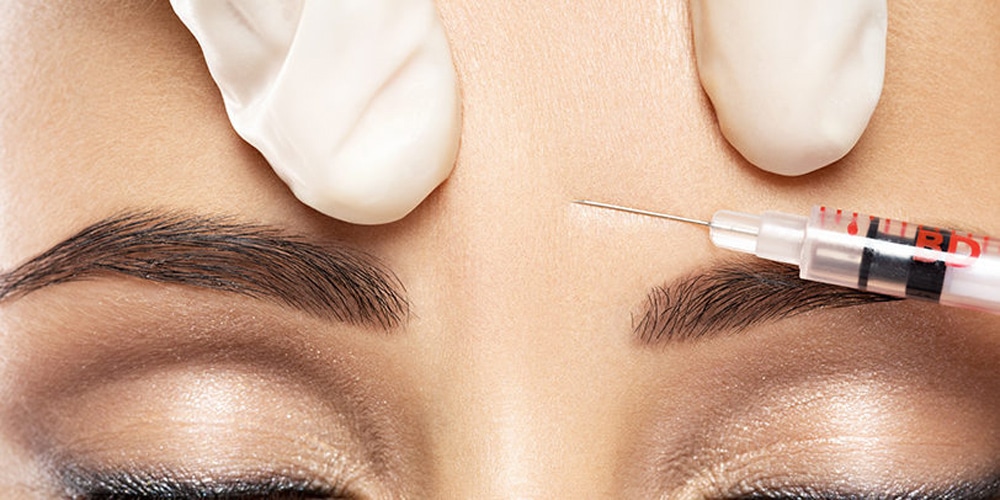How Plastic Surgeons Utilize Organ Donations for Science
I appreciate the gift of life for all my patients who wonder how we develop additional surgical skills!
If you ever wonder if your surgeon maintains up-to-date skill development, you can rest assured that I am constantly in a mode of article review and surgical science participation. In order to maintain skills, it is sometimes appropriate to refresh one’s ability to review the anatomy of the situation and discuss with other surgeons the most current and up-to-date methods of achieving the best outcomes possible. Of course, there are certain host factors associated with healing and outcome. However, the surgeon who is constantly evolving methods of improving outcomes is to be appreciated. It has been my sincere pleasure to participate in a surgical symposium where we can have an open forum of surgical discussion and then go to the anatomy lab to discuss and perform surgical procedures using new techniques.
These techniques would be impossible without the exploration of skills of the very selfless people who have donated their bodies to science in order to facilitate the learning and development of new techniques. Those who have donated their organs have a special place in heaven for me, as my brother has benefited from the gift of life in a successful heart transplant at Vanderbilt University. He has a new lease on life in every way after being on the precipice of leaving our world because of his cardiomyopathy.
That being said, I have the most significant appreciation for my ability to participate in the anatomic exploration of new techniques with other innovators at the forefront of surgical outcomes. As a medical student, It was my personal motivation to pursue Plastic Surgery as a career so that I could continue to innovate using the known and emerging principles of Plastic Surgery, biochemistry, wound healing, physiology, and anatomic knowledge to innovate in order to achieve the best outcomes possible for patients.
A heartfelt “Thank you” from one surgeon! I am sincerely grateful to those of you who read this and are contemplating the donation of your organs and body in the pursuit of scientific endeavor. You’re part of the medical profession in constant pursuit of improvement in humanity’s plight and the mitigation of suffering with your selfless gift.
By: Dr. Paul Vanek
For more information on organ donation, please click here.
If you’d like to contact us, please click here.









